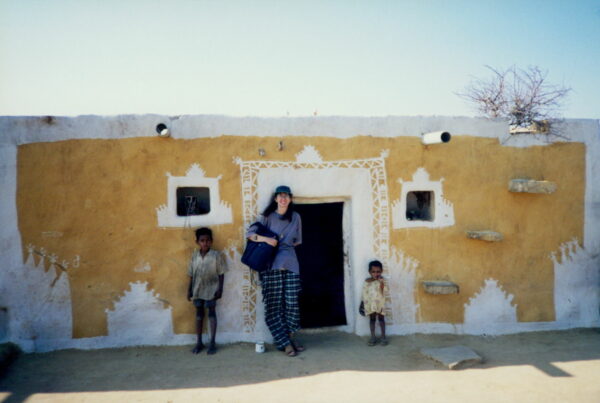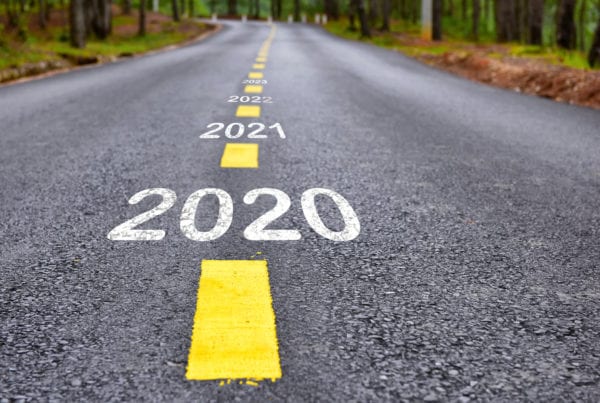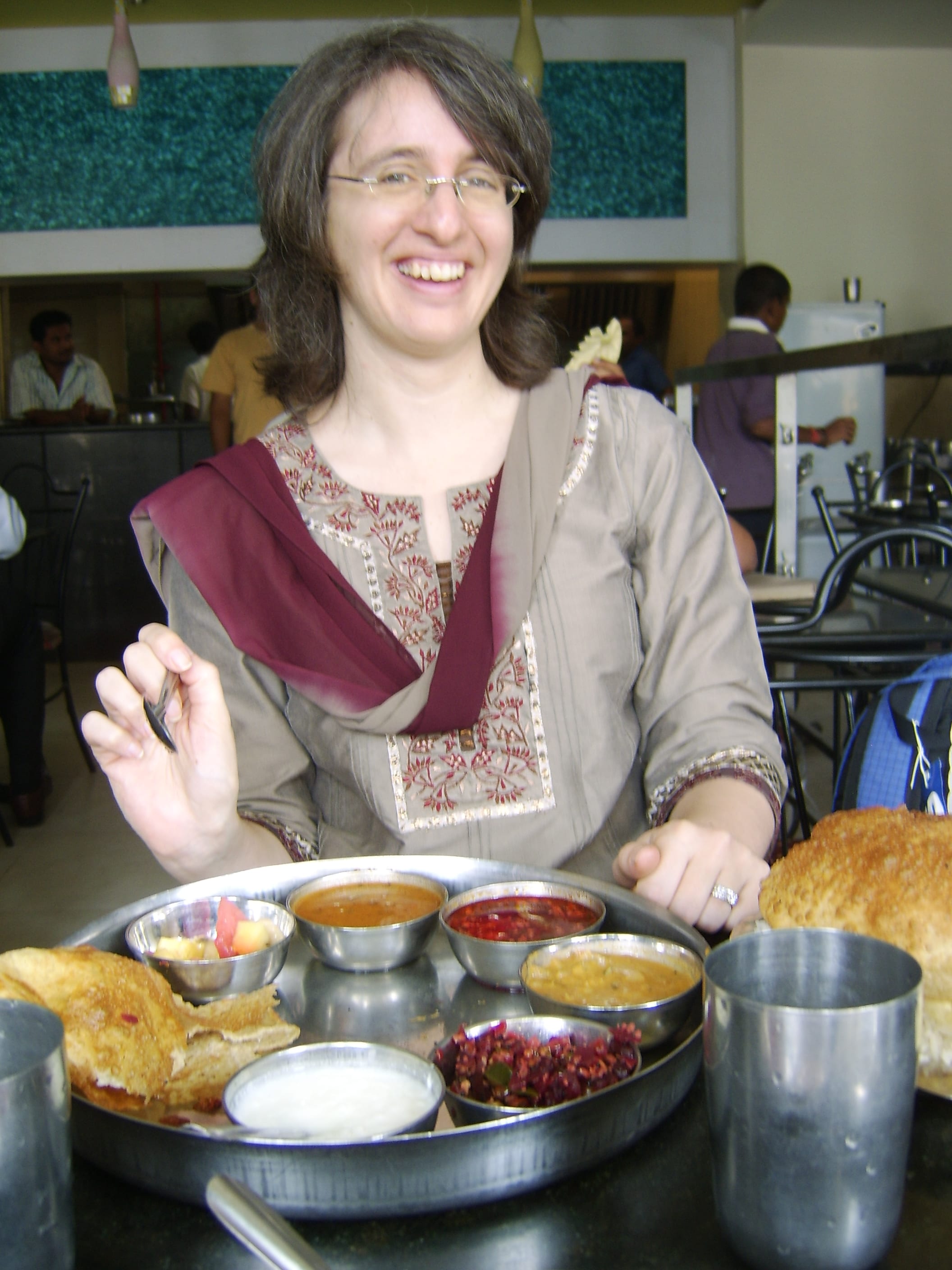As many followers of the Highroad blog know, I recently returned from a three week trip to India. I have been traveling to that vast and complex place for eleven years, and each time I go the purpose of the trip changes. My first journey to India in 1998 was all about the adventure. I took nearly four months to cross the width of the country and back by local train and bus, with my primary goal being to reach the annual Camel Fair in Pushkar. My hotels cost an average of $3.00 per night, and I spent about $5.00 per day total. I ate curry every day (still do) and at times shared accommodations with some questionable critters.
I have since been back to India several times, mostly for client meetings and keeping up to date with Indian trends, but when I arrived in Mumbai this October I realized how much I had changed. I was headed to the annual SIETAR India (Society of Intercultural Education, Training and Research) conference in Pune (www.sietar-india.org) so I spent a few hours in Mumbai before the flight out. I was whisked from the airport to the hotel in a van labeled Executive Enclave and had every door opened for me when we arrived in the trendy suburb of Bandra. This theme of my middle class experience in India continued throughout my time there. I flew from city to city via Jet Airways, I stayed in a conference hotel where every light and switch was controlled by an iPod, and I only rode a rickshaw two or three times. During the conference I had the privilege of being hosted at the beautiful Orchid School during the day, and eating divine kabobs, soups, and curries at night.
In the mornings during the conference I would open the windows of my hotel, look out over the fields in the back, and feel a strange tension. On the one hand I felt out of touch with the “real” India as I watched people washing in a small pond and carrying vegetables in baskets. I looked back eleven years and remembered the streets slippery with cow dung after a hard rain, and hours upon hours riding the rails to my next destination. On the other hand I recognized that the notion of “real” India as poor India needs more complex examination. India has one of the largest middle class populations in the world and has become one of the most prominent players in the global market. My experiences of nice hotels and fine foods on this trip are the norm for many Indians now, although about 70% of the country is still considered rural.
So what is “real India?” When we ask that question what do we mean? Are we asking what is the heart and soul of India? Or how India will impact our lives, our businesses? When I asked this question on my recent trip perhaps I was longing for the India of my past, the India of green fields that stretched of for miles, of children flying kites on rooftops, of the scent of woodsmoke in the mountains of Sikkim, of eating rice with a family in the Thar desert.
When I got up to speak at the SIETAR conference, however, my spirit was ignited to a new kind of adventure – bridge building between India and the U.S., Canada, and Europe. I have been engaged in this work for several years now and have seen my strategies in action in several large sized corporations. But speaking to my peers in Pune on offshoring best practices and hearing their points of view opened my eyes to the potential contributions I could make.
At that moment and in the days that followed I began to reinvent the Indian adventure, following the example of India itself. India has changed and modernized, but it has not simply followed the path of the West, contrary to popular belief. It has modernized in an Indian way, retaining its values, food, clothing, and spirit. India does not want to be culturally neutral. For example, Wal-Mart in India has islands in its stores instead of aisles for goods display, giving the stores the look of a big bazaar. As author Rama Bijupukar said, modernity is not something that manifests the same for all. For example, the dating market has not evolved much in India but arranged marriages are changing, the search for a good match often beginning on the Internet and with the son or daughter’s consent.
If you fly on an Indian airline such as Jet Airways or Kingfisher you will see this combination of high-tech and high-touch. The airlines are well run and have near perfect safety records, and the service is nothing short of impeccable. Flight attendants call you by your first name, serve you hot food even on a thirty minute flight, and show genuine courtesy throughout your journey.
As I spoke at a second event at the Alliance Francais in Bangalore my new view of the India adventure became even more clear. As I waited for my conference room to be available I heard singing coming from the adjacent auditorium. My friends Narayan, Chitra and I went to see what was going on and were pleased to find a large crowd of Indians watching a traditional dance performance on stage. Afterwards a speaker came up and Narayan translated for me. This was a conference of Dalits, formerly known as the “untouchable” caste. They were discussing Dalit issues, and participating in open mic singing. It was a lively event for which people had obviously traveled a long way to be part of. I saw several suitcases scattered about the room.
Just across the hall thirty minutes later I was engaged in a spirited activity and discussion with my participants about how much Indian culture has changed. I thought of the Dalits a few rooms over and how we were in the same building talking about similar issues. They were not removed into the category of “real India” but intertwined in a complex way. This theme of mutual learning also continued throughout my trip as I met with the Indian offshore partners of some of my U.S. American clients. I asked questions, corrected perceptions, had my assumptions challenged, and built bridges through a genuine interest in India. If that isn’t an adventure I don’t know what is.
One thing I confirmed about India on this trip is that innovation and optimization are alive and well, they just don’t necessarily manifest in a Western way.
The Hindi word jugard means to do whatever it takes in a situation to make it work. That is why you might see a car engine on a motorcycle or some “unconventional” wiring on a piece of hardware. This is a distinct advantage to have on a multicultural team if understood and leveraged, and it certainly makes for an exciting way to engage with Indian innovation. During my presentations, for example, several technology issues arose, but using jugard and a flexible attitude I added another facet to my reinvented Indian adventure.
I will leave you for now with an invitation. If you are working with India ask yourself and your organization the following question:
What can be done to build further bridges between the two sides to facilitate more effective business and relationships?
Stay tuned for Part Two of our update on India: Five Things You Need to Know About Offshoring. Until next time!




